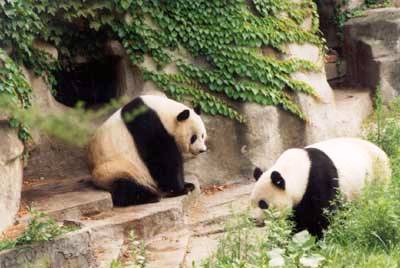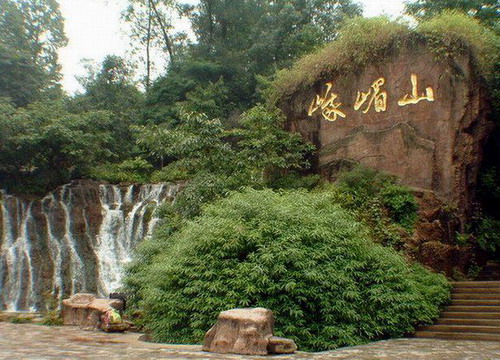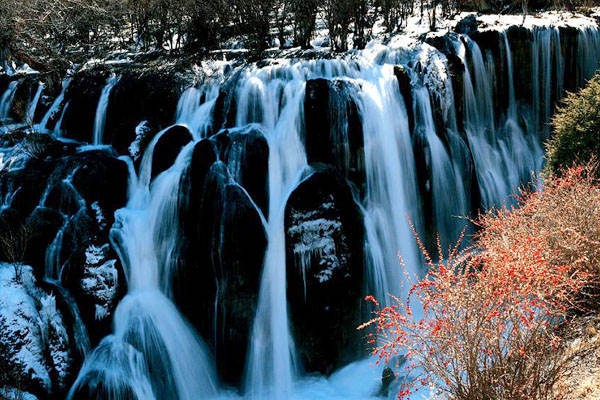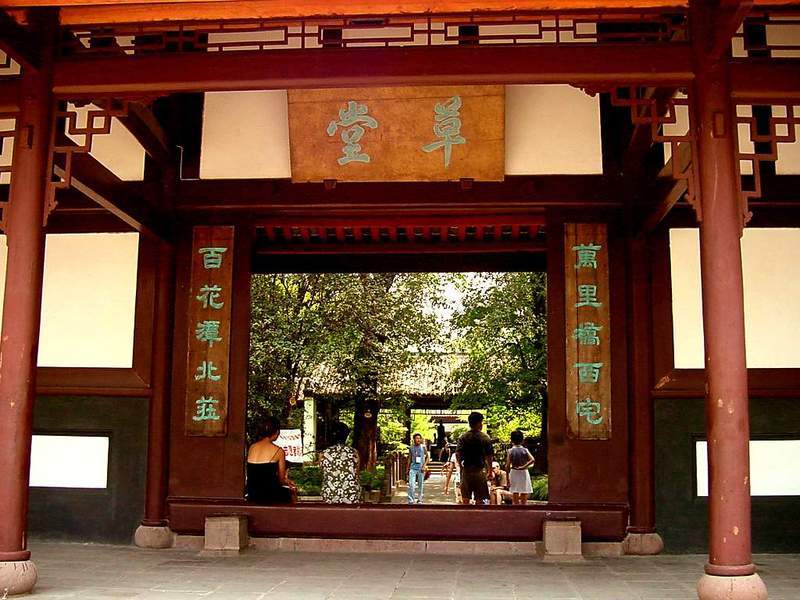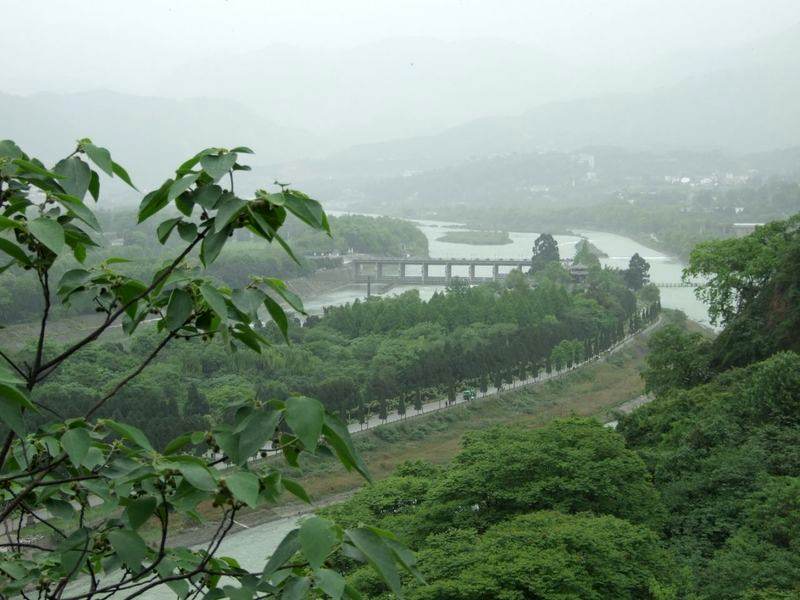Daocheng
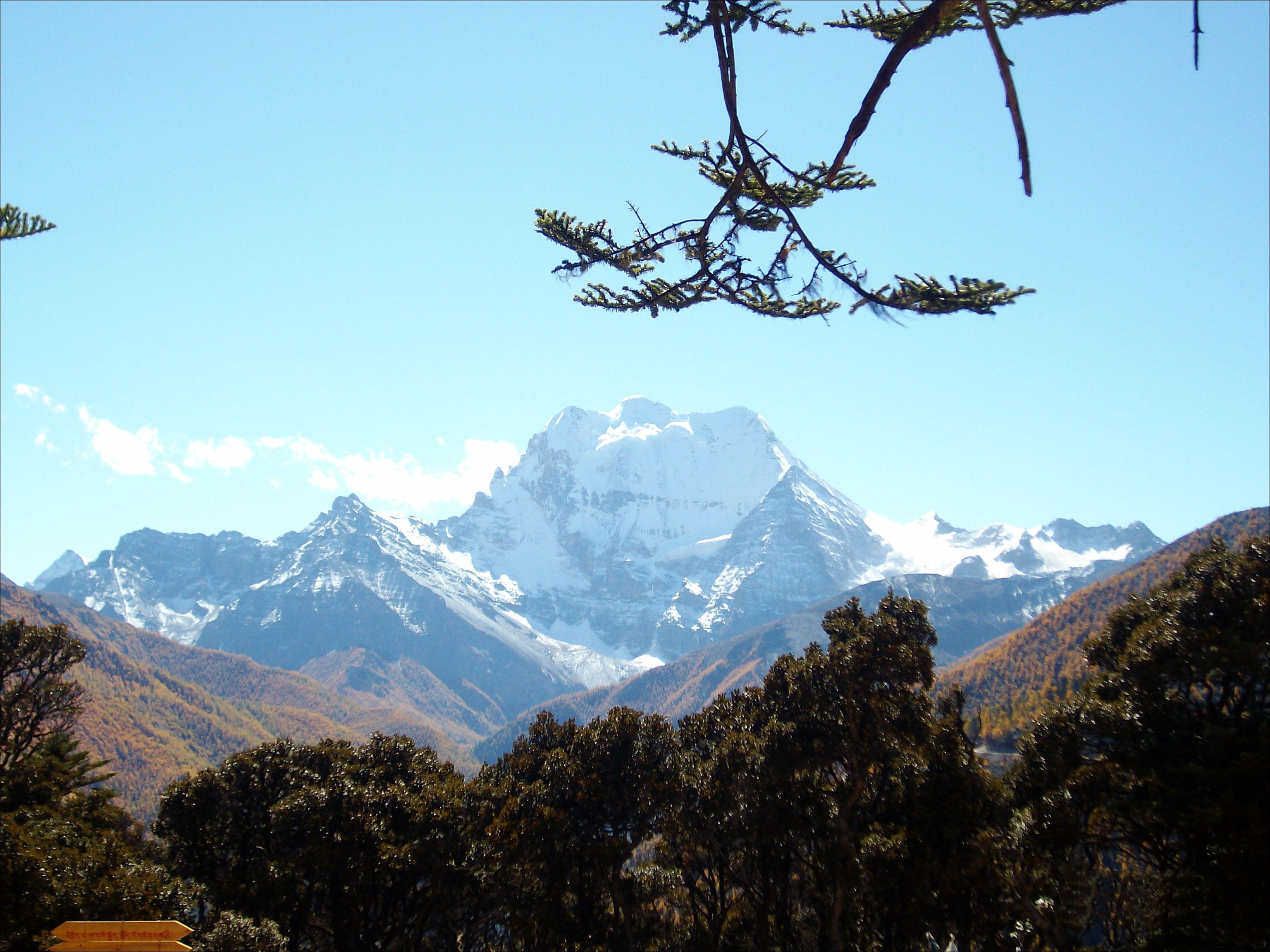
Overview
Where is Daocheng?" Asked Bill when I told him about the trip. This is the first question my friends asked me when they heard about the trip. It is a reasonable question since Daocheng is not a famous place now. Unlike other similar scenery spots like Jiuzhaigou or Lijiang, Daocheng is not known by many people, even in China. Let me show you where it is.
The county of Daocheng lies near the conjunction areas of Sichuan, Yuannan and Tibet. It belongs to Sichuan Province. Traditionally, there are two routes to go there - one is from Kunming, the provincial capital of Yunnan, or from Chengdu. Daocheng, located on the southeast of Qinghai-Tibet Plateau and the east of Hengduan Mountains, is a county on the southwest border of Sichuan, China. This county, subordinated to the Ganzi Tibetan Autonomous Prefecture, extends, across 27o58'-29o30' north latiudes and 99o56'-100o36' east longitudes, 174km from the south to the north and 63km from the west to the east.
It covers 7323 square kilometers and its 30000 inhabitants are mainly Tibetans people. Economically the county is a region of partial agriculture and partial animal husbandry. Daocheng County is special in geographical features. Its north is higher than its south, the west higher than the east. Winding and majestic mountains like billows of the sea alternate with valleys. Hence, the high-altituded mountain peaks clad with snow all the year round, deep serene valleys with gurgling brooks and broad pastures.
Know more
The scenes are various and bewitching. In the north of Daocheng County lies the plateau area with broad valleys. Mt. Haizi (Lake), parallel to Daocheng River and with an altitude of 3600 - 5000m, is the largest remnants of glaciation on the Qinghai-Tibet Plateau, traditionally called "the Old Ice Cap of Daocheng". With its glacial erosion topography fully developed, the mountain possesses potted landscapes of glacial erosion scattered here and there, and 1145 (lakes), can be found in an area of 3200 square kilometers. With the size and number of its haizi exceptional in Chiana, Mt. Haizhi has become the most important base for the study of the topography of quarternary glaciers. In 1982, fossils of dinosaur teeth and eucalyptus were unearthed in the center and the south of the county respectively. Its rolling hills, crossed valleys, scattered lake boulders and the forest of rocks of grotesque shapes make Mt. Haizi magnificent and charmful. The middle of Daocheng county is of mountain plateau, including the Bowa Moun-tain and the Chitu River. On both banks of the river are broad pastures and stretches of forest. Mt. Bowa, grand and scenic,is sharply distinct during the four
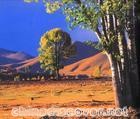 seasons: in spring and summer, azleas bloom to vie each other for beauty, in autumn, leaves as red as flame cover the trees, while in winter, snow clothes all and gleams white. In the south of the county are mountains and valleys. Mt. Echu, parallel to Dongyi River and with an altitude of 5140m, is as charming and attractive as a pretty fairy sitting up - right on the clouds, although it is lofty and majestic. What is most fascinating about Mt. Echu is its autumnal tints: the bright red, lucid yellow and delicate green make the mountain colorful. "Both heavy and delight makeup are compatible with it", The Dongyi River, rushing down from Mt. Echu like a steed, has two banks covered with towering old trees and jagged rocks. The rumbling waves and series of waterfalls wonderfully correspond to the mountain. Adjacent to Mt. Echu is Daocheng Sacred Peaks - the Heavenly Charms in the Snow World which are well-known among the Tiberan people. They consisi of three snow-capped peaks whose names were, according to a legend, conferred by Dalai Lama V. Xiannairi, the north peak with an altitude of 6032m, means Mother Buddha; Yangmaiyong, the south peak with an attitude of 5958m, means Manjuist Buddha; Xiaruoduoji, the east peak with an altitude of 5958m, means the Buddha with warriors' hands. The total coverage of the peaks is about 800 square kilometers. The Daocheng Sacred Peaks covered with snow all the year round are grand and majestic. On the mountainside are colorful lakes which are gorgeous and changeful; At the foot of the mountain, on the pastures are rare fowls and valuable animals that co-exist harmoniously with the people. The peaks are regarded as sacred peaks by the Tibetan people; and visited by continues stream of devotees.
seasons: in spring and summer, azleas bloom to vie each other for beauty, in autumn, leaves as red as flame cover the trees, while in winter, snow clothes all and gleams white. In the south of the county are mountains and valleys. Mt. Echu, parallel to Dongyi River and with an altitude of 5140m, is as charming and attractive as a pretty fairy sitting up - right on the clouds, although it is lofty and majestic. What is most fascinating about Mt. Echu is its autumnal tints: the bright red, lucid yellow and delicate green make the mountain colorful. "Both heavy and delight makeup are compatible with it", The Dongyi River, rushing down from Mt. Echu like a steed, has two banks covered with towering old trees and jagged rocks. The rumbling waves and series of waterfalls wonderfully correspond to the mountain. Adjacent to Mt. Echu is Daocheng Sacred Peaks - the Heavenly Charms in the Snow World which are well-known among the Tiberan people. They consisi of three snow-capped peaks whose names were, according to a legend, conferred by Dalai Lama V. Xiannairi, the north peak with an altitude of 6032m, means Mother Buddha; Yangmaiyong, the south peak with an attitude of 5958m, means Manjuist Buddha; Xiaruoduoji, the east peak with an altitude of 5958m, means the Buddha with warriors' hands. The total coverage of the peaks is about 800 square kilometers. The Daocheng Sacred Peaks covered with snow all the year round are grand and majestic. On the mountainside are colorful lakes which are gorgeous and changeful; At the foot of the mountain, on the pastures are rare fowls and valuable animals that co-exist harmoniously with the people. The peaks are regarded as sacred peaks by the Tibetan people; and visited by continues stream of devotees. Daocheng has a long history of culture. Of the 13 monasteries in the county, Xiongden Monastery and Gonggaling Monastery are the best known. Grandly constructed, Gonggaling Monastery possesses a bronze statue of Maitreya presented by Dalai Lama V. Xiongden Monastery, built in the Ming Dynasty, keeps 100,000books of Buddhist scriptures, and in the same monastery  several hundreds of Buddha figures, huge or small, are consecrated, one of them is the sandal wood figure of Sakymuni presented by Panchan Lama IX. The Tibetan people in China are of the same forefathers, but because of the non-group living and the separation of mountains and rivers all the Tibetan people do not share the same language, costumes or customs. With the strong religious atmosphere, Daocheng bears some unique and abstruse cultural flavors. Daocheng is a pretty country maiden who has been staying at her boudoir and unknown to the outside world. Its heavenly natural cenery, simple and unsophisticated customs, and mystical primitive human landscapes, having broken through the barrers of time and space, shine with charm and enchantment which have attracted photographers, whose artistic pictures present its beauty and charm before us.
several hundreds of Buddha figures, huge or small, are consecrated, one of them is the sandal wood figure of Sakymuni presented by Panchan Lama IX. The Tibetan people in China are of the same forefathers, but because of the non-group living and the separation of mountains and rivers all the Tibetan people do not share the same language, costumes or customs. With the strong religious atmosphere, Daocheng bears some unique and abstruse cultural flavors. Daocheng is a pretty country maiden who has been staying at her boudoir and unknown to the outside world. Its heavenly natural cenery, simple and unsophisticated customs, and mystical primitive human landscapes, having broken through the barrers of time and space, shine with charm and enchantment which have attracted photographers, whose artistic pictures present its beauty and charm before us.
